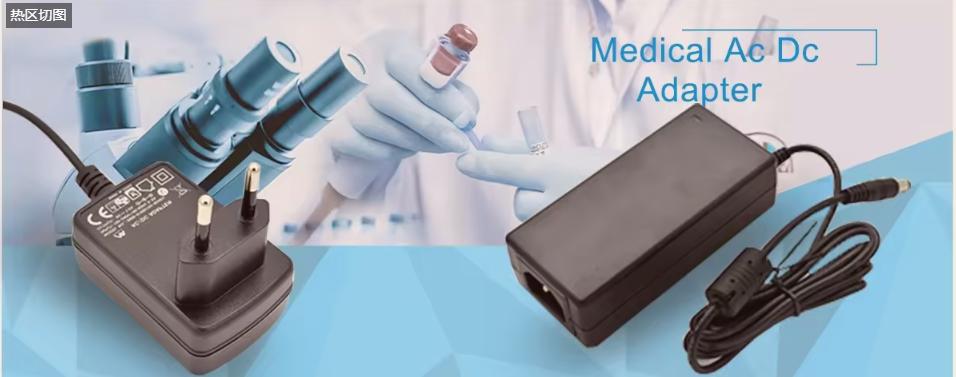- English
- Español
- Português
- русский
- Français
- 日本語
- Deutsch
- tiếng Việt
- Italiano
- Nederlands
- ภาษาไทย
- Polski
- 한국어
- Svenska
- magyar
- Malay
- বাংলা ভাষার
- Dansk
- Suomi
- हिन्दी
- Pilipino
- Türkçe
- Gaeilge
- العربية
- Indonesia
- Norsk
- تمل
- český
- ελληνικά
- український
- Javanese
- فارسی
- தமிழ்
- తెలుగు
- नेपाली
- Burmese
- български
- ລາວ
- Latine
- Қазақша
- Euskal
- Azərbaycan
- Slovenský jazyk
- Македонски
- Lietuvos
- Eesti Keel
- Română
- Slovenski
- मराठी
- Srpski језик
Medical power adapter
2024-03-25

STARWELL BRAND Medical power adapter are a critical component of providing electrical power to medical devices and systems, and they typically have high technical requirements to ensure safe and reliable power supply. Here are some common technical requirements for medical power supplies:
Reliability and stability: Medical power supplies must have high reliability and stability to ensure continuous and stable power supply. Any power supply failure can result in equipment malfunction or operational interruptions, posing risks to patient health.
Safety: Medical power supplies must comply with strict safety standards to prevent electrical shocks and fire hazards. They typically require features such as overload protection, short-circuit protection, overvoltage protection, and overtemperature protection to automatically cut off the power supply during abnormal conditions.
Electromagnetic compatibility (EMC): Medical power supplies should have good EMC to avoid interfering with other medical devices and systems. They should be able to effectively resist electromagnetic interference and have low emission and susceptibility levels to prevent adverse effects on patients and healthcare personnel.
High efficiency and low power consumption: Medical power supplies should have high efficiency and low power consumption to reduce energy consumption and minimize heat generation. This helps improve the overall system efficiency and reduces the requirements for cooling, especially during long operating hours.
Customizability and scalability: Medical power supplies often need to be customized and configured based on specific application requirements. They should be able to accommodate various types of medical equipment and have a certain level of scalability to meet future demand changes.
Fault detection and alarm functions: Medical power supplies should be able to monitor power supply status and detect faults, providing corresponding alarm functions. This helps in timely identification and resolution of issues, reducing system downtime, and ensuring timely maintenance or replacement measures are taken.
Electromagnetic Compatibility Standards:
IEC 60601-1-2: This is the electromagnetic compatibility standard for medical electrical equipment published by the International Electrotechnical Commission (IEC). It specifies the requirements for medical electrical equipment in electromagnetic environments, including immunity to interference and emission of radiation.
Safety Standards:
IEC 60601-1: This is the safety standard for medical electrical equipment published by the IEC. It sets forth the basic safety requirements for medical electrical equipment, including requirements for grounding, insulation, electrical shock protection, mechanical safety, and fire prevention.
IEC 62368-1: This is the safety standard for audio/video, information, and communication technology equipment published by the IEC. It is applicable to certain electronic and electrical components used in medical devices. It requires devices to maintain safety during normal use and abnormal conditions and includes risk assessment and control for electrical shock, fire, and other hazards.
ISO 14971: This is the standard for medical device risk management published by the International Organization for Standardization (ISO). It requires manufacturers to conduct risk assessment and management, including assessment and control of electrical risks.
